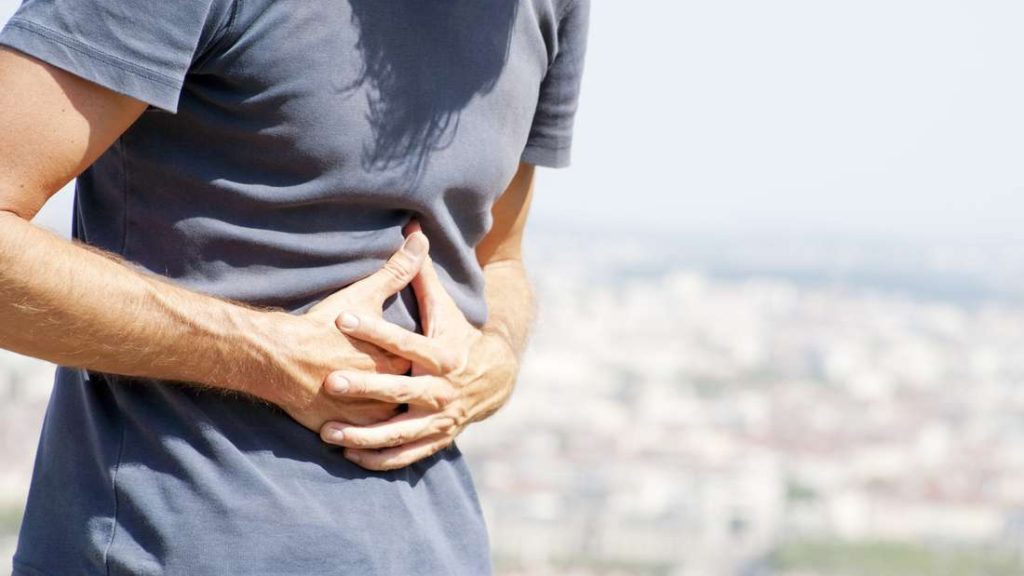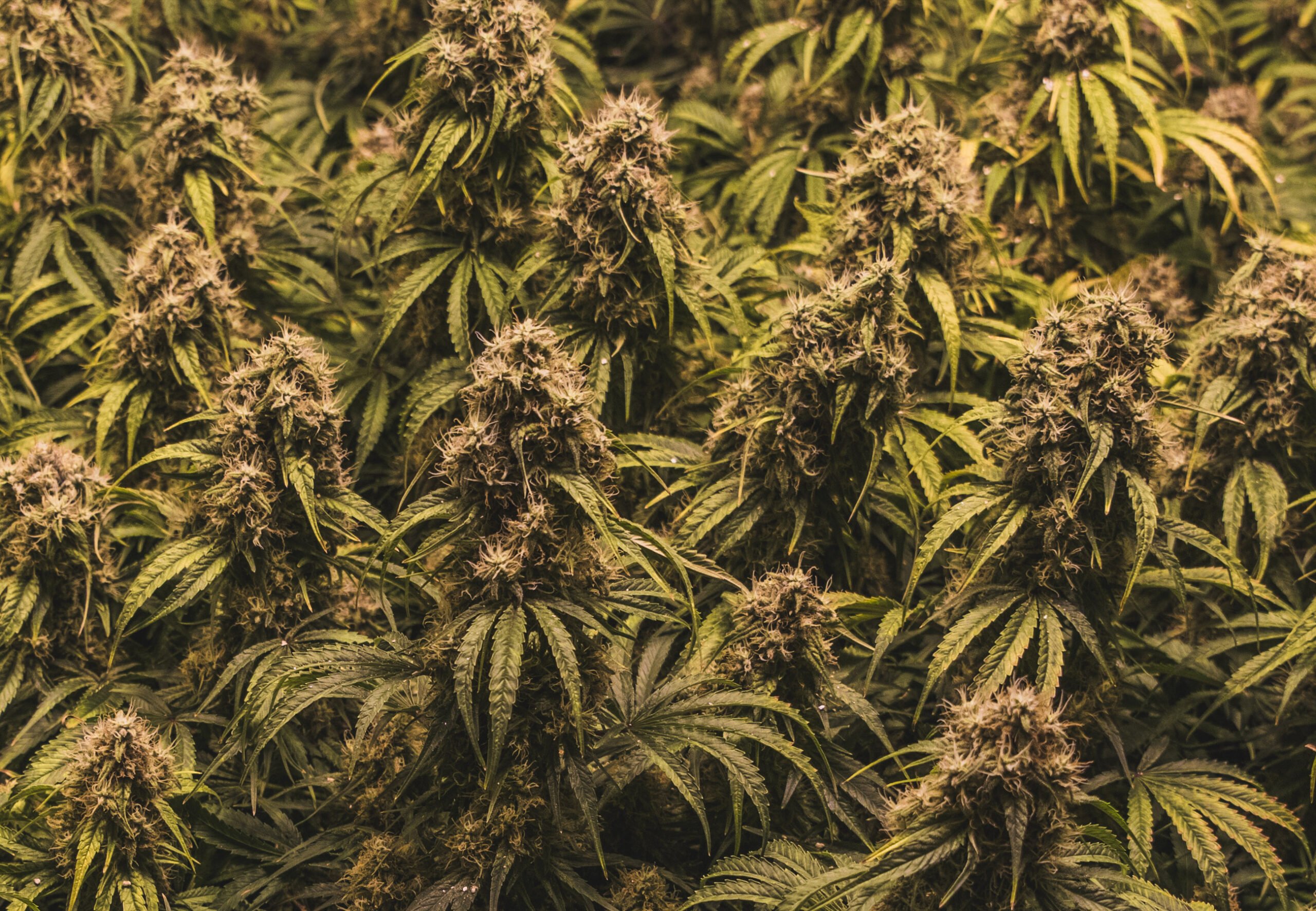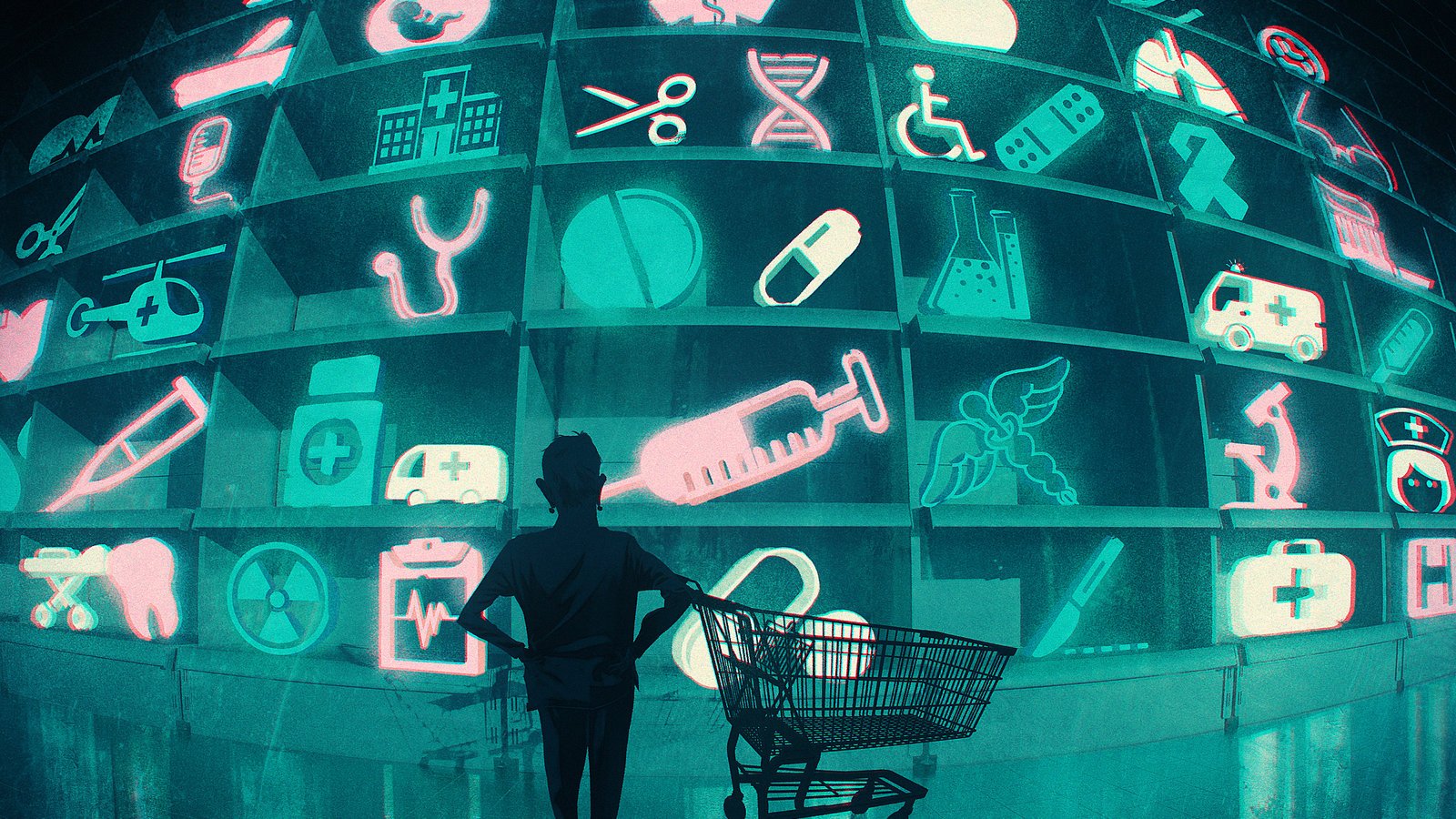
When the digestive fluid congeals in the gallbladder, it gives birth to gallstones. Gallbladder is a minuscule, pear-shaped organ located right beneath the liver and towards the right side of the abdomen. It releases bile juices into the small intestine.
Gallstones can be as big as the size of a golf ball and small as a sand grain. While some people may only develop a single gallstone, some may end up having many of them simultaneously.
People experiencing gallstone symptoms may have to resort to a surgical procedure wherein the gallbladder needs to be removed. For those of you, not experiencing or showing any signs of gallstones, the need of any treatment disappears.
Here’s a brief guide for you to acquaint you with all you need to know about gallstones, the factors causing it as well as the preventive measures to keep you away from this perilous disease.
Causes of gallstones
Although it is not very succinct that what exactly leads to the formation of gallstones, however, the doctors have the following to share:
- Excessive cholesterol containing bile
Usually bile has enough chemicals to dissolve the cholesterol secreted by the liver. However, if the liver begins producing more cholesterol than bile’s capacity to dissolve it, it starts mutating into crystals and eventually, into stones.
- Excessive bilirubin containing bile
Bilirubin is the chemical produced when the body breaks down RBCs (Red Blood Cells). Certain conditions like biliary tract infection, liver cirrhosis and other blood disorders cause the liver to overproduce bilirubin. This intemperate bilirubin results in gallstone formation.
- Gallbladder not being emptied properly
Improper flushing of the gallbladder keeps the bile accumulating, until it debuts into a gallstone.
Signs and symptoms of gallstones
Formation of gallstones may cause immense pain to some, while none to others. It can be excruciating as well as painless, depending on its causing factors.
- Biliary Colic
Also known as Intermittent Duct Blockage, this can be recognized by sudden and proliferating pain in the epigastric area or the upper right side of the abdomen. Some people may feel the pain soaring all the way to their right shoulder; around the zenith of scapula.
This may as well lead to a nauseous feeling and vomiting. The pain in this condition usually takes 1-5 hours to subside. Mild pain in the abdomen may persist for a day or two.
- Cholecystitis
This may also be agnized by the inflammation of gallbladder tissues and minutes away from causing duct blockage. This causes immense pain in the upper right side of the abdomen that may lead to severe pain in the shoulder, if left unchecked.
Other offspring symptoms of this condition are fever, vomiting, chills, nausea, sweating, bloating of stomach. The discomfort level here vanquishes the one caused by biliary colic.
- Acalculous cholecystitis
This condition has symptoms similar to the ones discussed above. However, this condition necessitates the person to visit the doctor as this causes grave complications that may get the patient hospitalized. The affected one may experience burns and trauma, leading to acute illness.
- Pancreatitis
This is the inflammation of the pancreas caused by gallstones. When the gallstones from gallbladder congest the pancreatic duct, it leads to pancreatitis.
The common symptoms of this condition include nausea, vomiting, tender abdomen, severe pain after eating and pain in the upper abdomen.
- Ascending cholangitis
This is also called cholangitis or the infection of the biliary system. Its common symptoms include painful abdomen, fever hypotension (low blood pressure), jaundice and even confusion. Being diagnosed with this condition calls for a medical emergency right away.
Types of Gallstones
The types of gallstones forming in your gallbladder varies from person to person; as well as the symptoms a person is exhibiting. Following are the two most common types of gallstones, that may be found in the patient:
- Cholesterol gallstones
These are one of the few categories of gallstones that is found in a number of patients. They are formed by cholesterol accumulation and are often yellowish in color. Even though they contrive from the undissolved cholesterol, they may comprise other components as well.
- Pigment gallstones
As fancy as their name insinuates, they may be black or dark brown in color. They are the resultant of excessive bilirubin production in bile.
Preventions and precautions
- Don’t skip your meals
Follow a stern meal schedule every day and try not to divulge from it. Skipping meals makes you vulnerable to gallstones.
- Routine check-ups
Being a person with a frail immune system will certainly toll your normal functioning one day or the other. The best way to keep a check on this would be to make sure that you visit your doctor for recurrent health check-ups, especially to keep a track of those symptoms that grow silently in your body.
- Shed weight slowly
Do not just wake up one day and decide to shed 10 kgs the following week. Hasty decisions are often remorseful. The best is to go slow! Let your body get used to, to the new diet and schedule. Set a target for 0.5 – 1 kg per week.
- Consume more fibrous food
Consuming more fibrous food is not only good for your gut but also keeps gallstones miles away from you.
- Stabilize weight
Obesity is a home to numerous problems. Being obese or overweight, multiplies the chances of having gallstones, several times. This primarily results in cholesterol gallstones.
Workout to keep yourself fit and stabilize your body weight. Keeping a check on your calorie intake and enhancing your physical activity schedule will take a long way.
To sum up, a good routine, proper meal schedule, recurrent health check-ups and a positive aura will never flunk to take you a long way. Liver issues may not be succinct at first, however, if left unchecked, they will not only vanquish the bodily functioning but may lead to your extortionate hospital bills as well.








